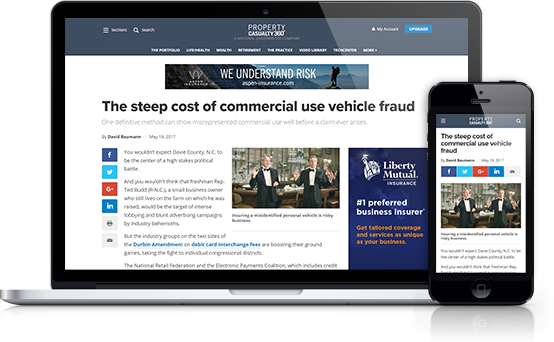In the 1980s, states began to require surplus lines producers to allocate taxes to the various states where risks were written. This was not much of a problem at the time because there weren't many interstate transactions.
The passage of Gramm-Leach-Bliley, which brought down the walls between financial institutions, changed all that and produced a complicated reporting and taxing structure for the surplus lines market.
Come July 21, the Nonadmitted and Reinsurance Reform Act, part of the Dodd-Frank Financial Reform Act, will take effect, aiming to simplify the surplus lines transaction for multistate risks. NRRA makes the insured's home state the only regulator of a surplus lines transaction.
Recommended For You
Want to continue reading?
Become a Free PropertyCasualty360 Digital Reader
Your access to unlimited PropertyCasualty360 content isn’t changing.
Once you are an ALM digital member, you’ll receive:
- Breaking insurance news and analysis, on-site and via our newsletters and custom alerts
- Weekly Insurance Speak podcast featuring exclusive interviews with industry leaders
- Educational webcasts, white papers, and ebooks from industry thought leaders
- Critical converage of the employee benefits and financial advisory markets on our other ALM sites, BenefitsPRO and ThinkAdvisor
Already have an account? Sign In Now
© Touchpoint Markets, All Rights Reserved. Request academic re-use from www.copyright.com. All other uses, submit a request to [email protected]. For more inforrmation visit Asset & Logo Licensing.







